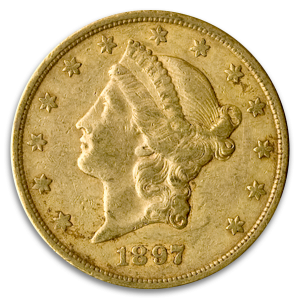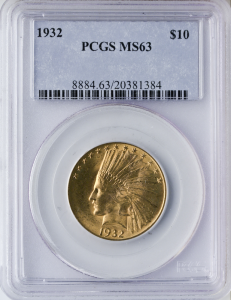$10 Indian BU (Dates/Types Vary)
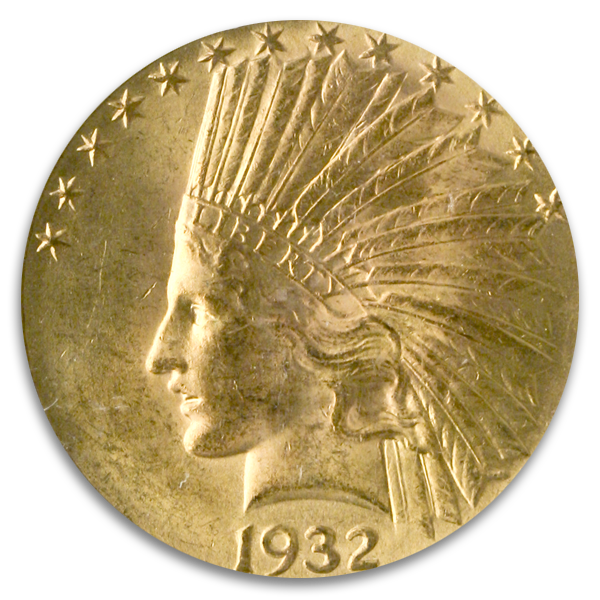


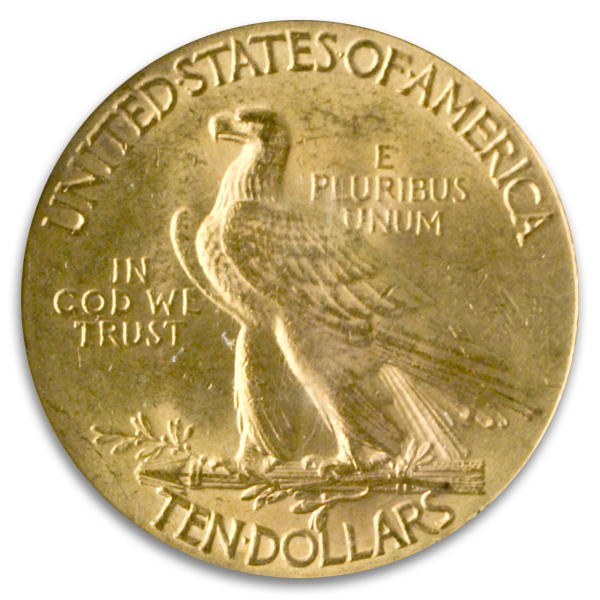

Introduction
The $10 Indian, in Brilliant Uncirculated condition, offers a captivating glimpse into the world of numismatic treasures. These coins represent a pivotal period in American coinage history, characterized by remarkable artistry and cultural significance. Despite their age, they retain significant design elements and carry the legacy of the time in which they were minted.
History
The history of the $10 Indian intertwines with a transformative era in American coinage. Minted from 1907 to 1933, these coins emerged during a period of artistic renaissance and cultural significance. President Theodore Roosevelt's desire for more exquisite designs led to the collaboration between sculptor Augustus Saint-Gaudens and the U.S. Mint. The production of these coins ended in 1933 due to the discontinuation of gold coinage during the Great Depression. Despite their age and wear, they continue to carry historical significance and artistic beauty. The $10 Indian serves as a tangible artifact of a significant era in American numismatic history, connecting collectors and enthusiasts with the rich cultural heritage and enduring value they embody.
Design
The design of the $10 Indian showcases the remarkable artistry and cultural significance of American numismatic craftsmanship. Sculpted by Augustus Saint-Gaudens, the obverse features a captivating portrayal of Lady Liberty wearing a feathered headdress, symbolizing the nation's diverse cultural heritage. Despite the moderate wear, the design elements of Lady Liberty's graceful profile and intricate headdress remain distinct, representing enduring artistic brilliance. The reverse showcases a majestic eagle perched on a bundle of arrows and olive branches, symbolizing strength and peace. The engravings, although displaying signs of circulation, maintain their significance and provide a sense of history.
Comparison Chart




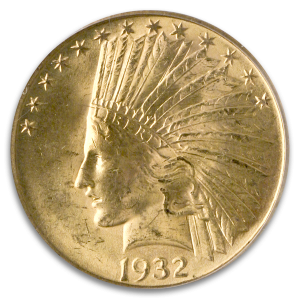
 Quick View
Quick View